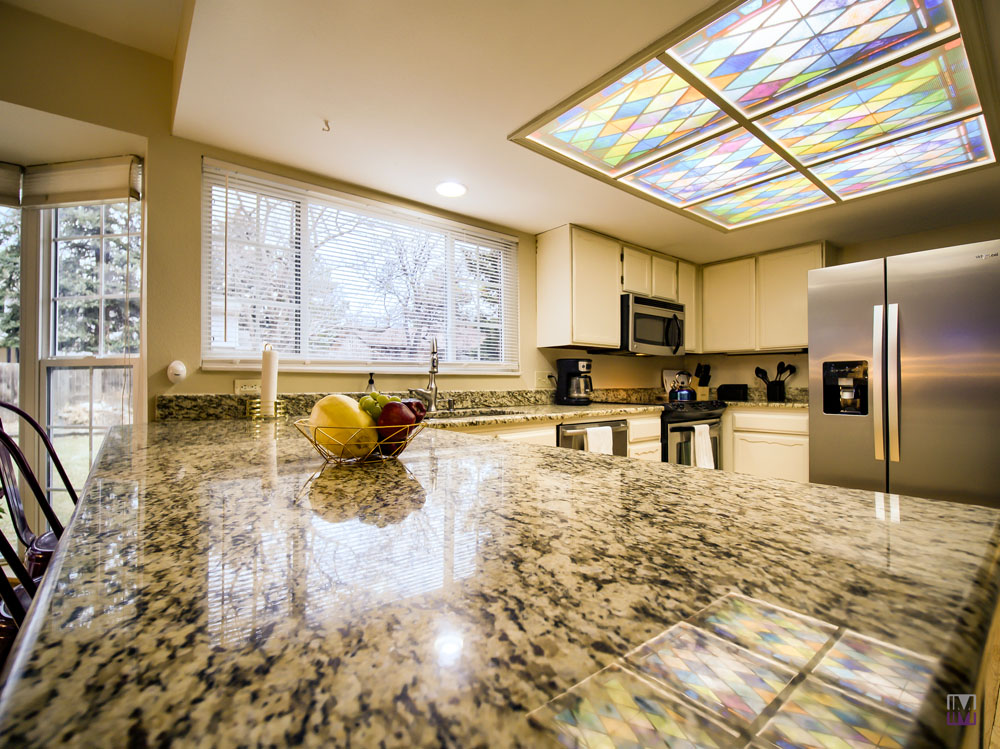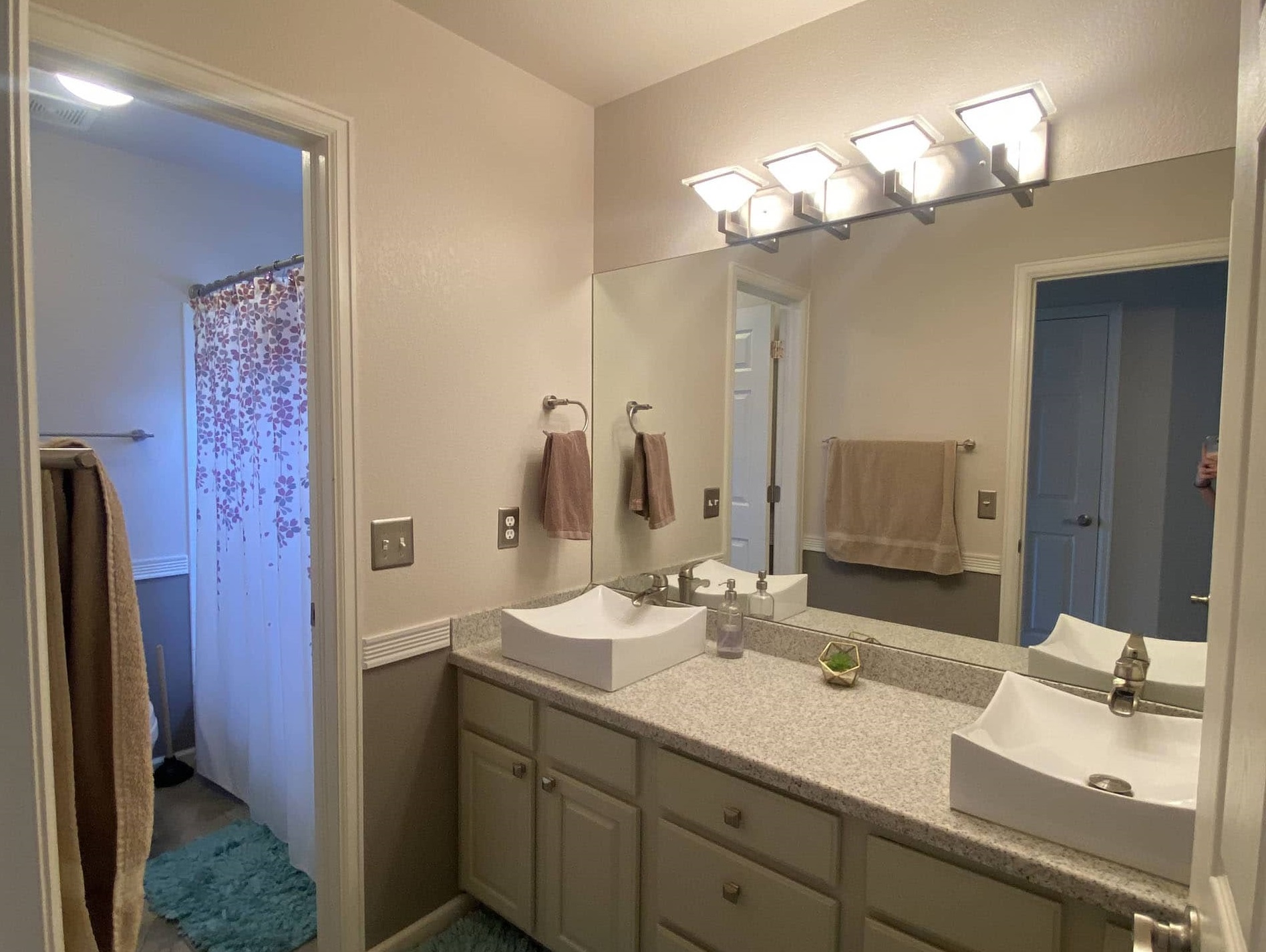Navigating the world of addiction recovery can feel overwhelming, especially with so many options available. Two key terms often come up—rehab and sober living homes. While both play vital roles in recovery, they serve very different purposes.
Understanding these differences is the first step in choosing the right path to support long-term sobriety. Let’s break it down.
What is Rehab?
Rehabilitation, or rehab, is an intensive recovery program designed to help individuals overcome substance use disorders and other addictions. It typically involves structured therapy, medical support, and a controlled environment to guide individuals through the early stages of recovery.
Rehab focuses on addressing the root causes of addiction. This includes medical detox to manage withdrawal symptoms, one-on-one counseling, group therapy, and often treatment for co-occurring mental health conditions. With this comprehensive approach, rehab aims to lay a strong foundation for lasting sobriety.
For many, rehab serves as the first step toward recovery, offering a safe space to heal and rebuild after the chaos of addiction. While intense and immersive, it provides tools and strategies that can be life-changing.
Types of Rehab Programs
Rehab programs come in various formats to accommodate different needs:
- Inpatient Rehab: Individuals live onsite at a facility for 24/7 care. This highly structured environment is ideal for those with severe addiction or co-occurring disorders.
- Outpatient Rehab: Clients attend scheduled therapy sessions while continuing to live at home. This option suits those with milder addictions or responsibilities that prevent full-time care.
- Partial Hospitalization Programs (PHPs): These programs offer intensive treatment during the day while allowing participants to return home in the evening.
- Intensive Outpatient Programs (IOPs): A step down from PHPs, IOPs focus on flexibility while providing consistent support through regular counseling and therapy.
Focus Areas
Rehab programs prioritize several key areas to address addiction comprehensively:
- Detoxification and withdrawal management.
- Therapy to uncover and treat underlying issues.
- Building coping mechanisms and life skills.
- Establishing a relapse prevention plan.
Typical Duration
Rehab programs generally last 30 to 90 days, though some may extend longer based on individual needs and progress.
Cost
Rehab costs can vary significantly depending on the type of program and duration. Outpatient rehab typically costs between $2,000 and $10,000, while inpatient programs can range from $6,000 to $30,000 for a 30-day stay.
This difference reflects the level of care provided, with inpatient rehab offering round-the-clock support and housing, while outpatient programs focus on flexible therapy sessions for those living at home. It’s important to weigh these costs against the value of recovery, as the investment can be life-changing.
Who Needs Rehab?
Rehab is ideal for individuals who are ready to confront their addiction and need a structured environment to do so. But how do you know if it’s the right choice? Ask yourself:
- Do I feel like I’ve lost control over my substance use?
- Have my relationships, work, or health been impacted?
- Am I experiencing withdrawal symptoms when trying to stop?
If you answered yes to these questions, rehab could provide the level of care you need. It’s particularly beneficial for those with severe addictions, co-occurring mental health conditions, or who have previously struggled to maintain sobriety on their own.
Remember, rehab isn’t just about quitting substances—it’s about learning to live a healthier, more balanced life.
What is a Sober Living Home?
A sober living home is a structured, supportive living environment where individuals in recovery from addiction can continue building the skills needed to maintain long-term sobriety. Unlike rehab, sober living homes provide more independence while still holding residents accountable through rules and peer support.

Think of a sober living home as a stepping stone between intensive treatment and fully independent living. These homes create a safe space for residents to practice the habits they’ve learned in rehab, like maintaining sobriety, attending recovery meetings, and holding down a job. The goal is to prepare individuals for the challenges of life after addiction.
While sober living recovery homes are less restrictive than rehab, they still promote accountability and growth through shared responsibilities, curfews, and mandatory recovery activities. This balance allows residents to rebuild their lives at a steady, manageable pace.
Structure and Environment
Sober living homes offer a semi-structured environment designed to support recovery while encouraging independence. Residents live in a shared space with others on a similar journey, creating a sense of community and mutual accountability.
Typical features include:
- Shared responsibilities like cooking and cleaning.
- Curfews to promote healthy routines.
- Regular recovery meetings or peer support sessions.
- Semi-private or shared rooms to encourage camaraderie.

This setup provides the perfect balance of freedom and structure, allowing residents to rebuild their lives while staying connected to a supportive network.
Key Features
Sober living homes focus on creating a stable, supportive environment to help individuals sustain sobriety.
Key features include:
- Zero-tolerance policies for drug or alcohol use.
- Regular drug and alcohol testing to promote accountability.
- Access to peer support groups or recovery meetings.
- Opportunities for residents to work, volunteer, or attend school.
- Affordable housing options compared to other recovery programs.
These features help residents transition to independent living without sacrificing support.
Cost
The cost of a sober living home varies depending on factors like location, staff support, and amenities. Prices typically range from $500 to $2,000 per month, with some homes offering single rooms at higher rates.
While costs may differ, sober living homes often provide an affordable option compared to other recovery programs, giving residents a safe, supportive environment to rebuild their lives.
Who Needs Sober Living?
Sober living recovery homes are ideal for individuals who have completed rehab and are looking for a bridge to independent living. But they’re not just for those fresh out of treatment—they’re also an excellent choice for anyone in recovery who needs a safe, supportive place to stay sober.
Ask yourself:
- Do I feel ready to leave rehab but worry about staying sober on my own?
- Am I looking for a safe, substance-free environment to rebuild my life?
- Could I benefit from peer support while practicing independence?

If you answered yes, a sober living home might be a great fit. These environments are particularly beneficial for those who need additional accountability, struggle with relapse, or simply aren’t ready to dive back into daily life without support.
Think of it as a safe harbor during the stormy seas of early recovery—a place to anchor while building the skills and confidence needed to sail forward.
Key Differences Between Rehab and Sober Living Homes
Rehab and sober living homes serve different purposes in addiction recovery. Rehab focuses on treatment and stabilization, while sober living homes provide ongoing support for independent living.
Key Differences:
- Purpose and Goals: Rehab focuses on intensive addiction treatment and stabilization, while sober living supports the transition back into daily life with ongoing sobriety.
- Level of Care: Rehab offers 24/7 medical and therapeutic care, whereas sober living relies on peer support and personal accountability.
- Duration: Rehab programs are short-term, typically 30 to 90 days. Sober living homes are long-term, often lasting several months or more.
- Daily Life: Rehab involves a structured schedule with therapy and recovery activities. Sober living provides flexible routines to balance responsibilities like work or school.
- Cost: Rehab is more expensive due to medical services, while sober living is generally more affordable, covering housing and basic support.

How Rehab and Sober Living Homes Complement Each Other
Rehab and sober living homes are two sides of the same coin, working together to create a complete recovery journey. Rehab tackles the intense early phase of addiction recovery by providing medical care, therapy, and a safe space to detox and reset.
Once the initial work is done, sober living recovery homes take over, offering a supportive environment where individuals can practice what they’ve learned.
Think of rehab as the classroom and sober living as the homework. In rehab, you learn about the roots of addiction and strategies for staying sober. In a sober living home, you get to put those lessons into practice while still having a safety net of support.
In fact, research has shown that residents in sober living homes experienced significant improvements in abstinence rates, increasing from 20% at baseline to 40% at six months and 45% at 12 months. These homes provide a gradual reintroduction to the challenges of daily life, reducing the risk of relapse and promoting long-term sobriety.
By combining the intensive care of rehab with the gradual independence of sober living, individuals can build the confidence and skills needed for a lasting recovery.
Benefits of Combining Rehab and Sober Living
Pairing rehab with sober living can make the recovery journey smoother and more effective. It’s like taking what you’ve learned in rehab and practicing it in real life, but with support still close by.
- Easier Adjustment: Transitioning from rehab’s structure to the independence of sober living helps ease the pressure of diving straight into everyday life.
- Lower Chance of Relapse: Sober living provides a supportive environment to help you stay on track during those tricky early days of recovery.
- Practice Makes Progress: You can apply the skills you picked up in rehab—like handling triggers or managing stress—while still having a safety net.
- A Stronger Community: You’ll build connections with others who get what you’re going through, creating a solid support system.
- Room to Grow: Combining the two gives you time to rebuild your confidence, establish healthy routines, and set yourself up for long-term success.
Together, rehab and sober living offer a well-rounded approach to recovery that’s both supportive and empowering.
Which Option Is Right for You?
If you’re looking for immediate, intensive treatment for addiction, rehab is likely the right choice. For those who’ve completed treatment but need continued support, a sober living home is an excellent next step.
Rehab is best suited for individuals in the early stages of recovery who require medical detox, therapy, and a highly structured environment. On the other hand, sober living is ideal for people ready to reintegrate into daily life but want a safe, substance-free environment to support their journey.
Ask yourself these questions:
- Am I in need of professional medical or therapeutic support?
- Do I feel ready to take on the responsibilities of independent living while maintaining sobriety?
- Could I benefit from a supportive community during my transition?
Answering these can help clarify the best option for your recovery needs.

Conclusion
Rehab and sober living homes are integral parts of the recovery process, each serving unique purposes. Rehab focuses on immediate stabilization and treatment, while sober living provides a supportive environment for transitioning back into everyday life. Together, they offer a comprehensive path to long-term sobriety.
If you or a loved one are seeking a supportive and structured environment for recovery, Zen Mountain Sober Living is here to help.
Reach out today to take the next step toward a brighter, sober future.




